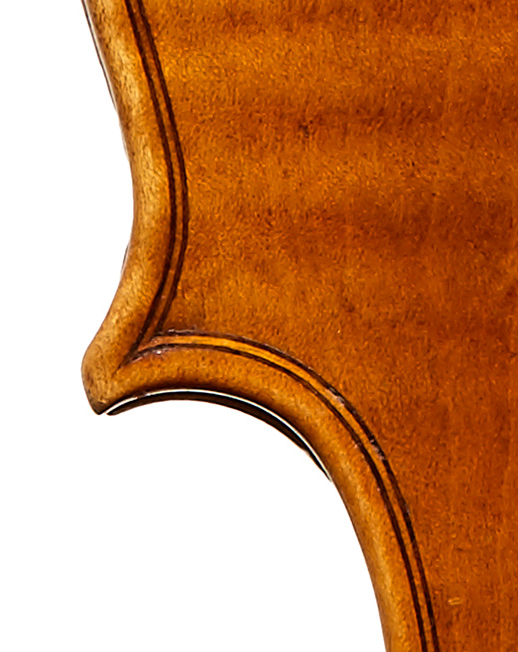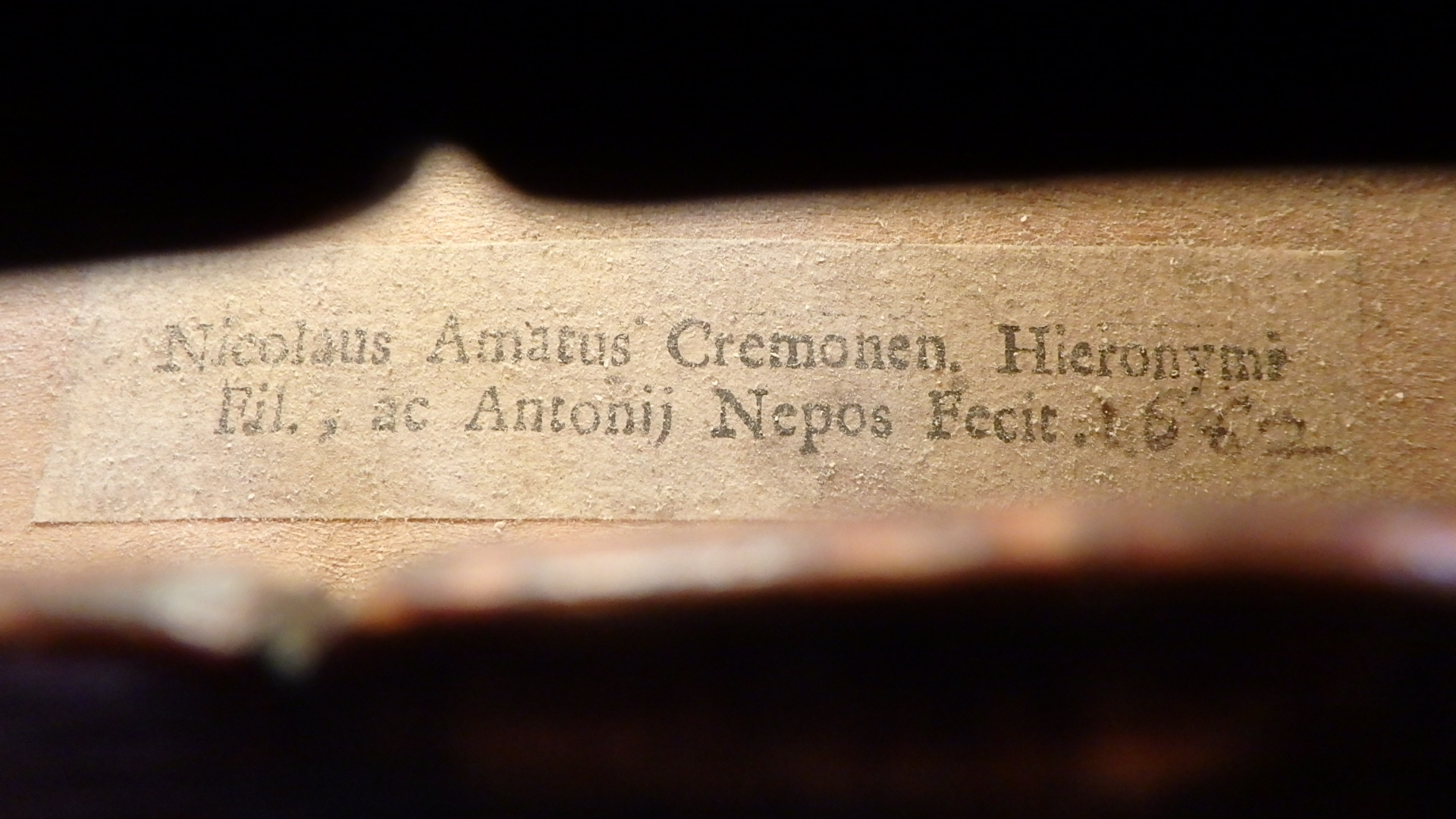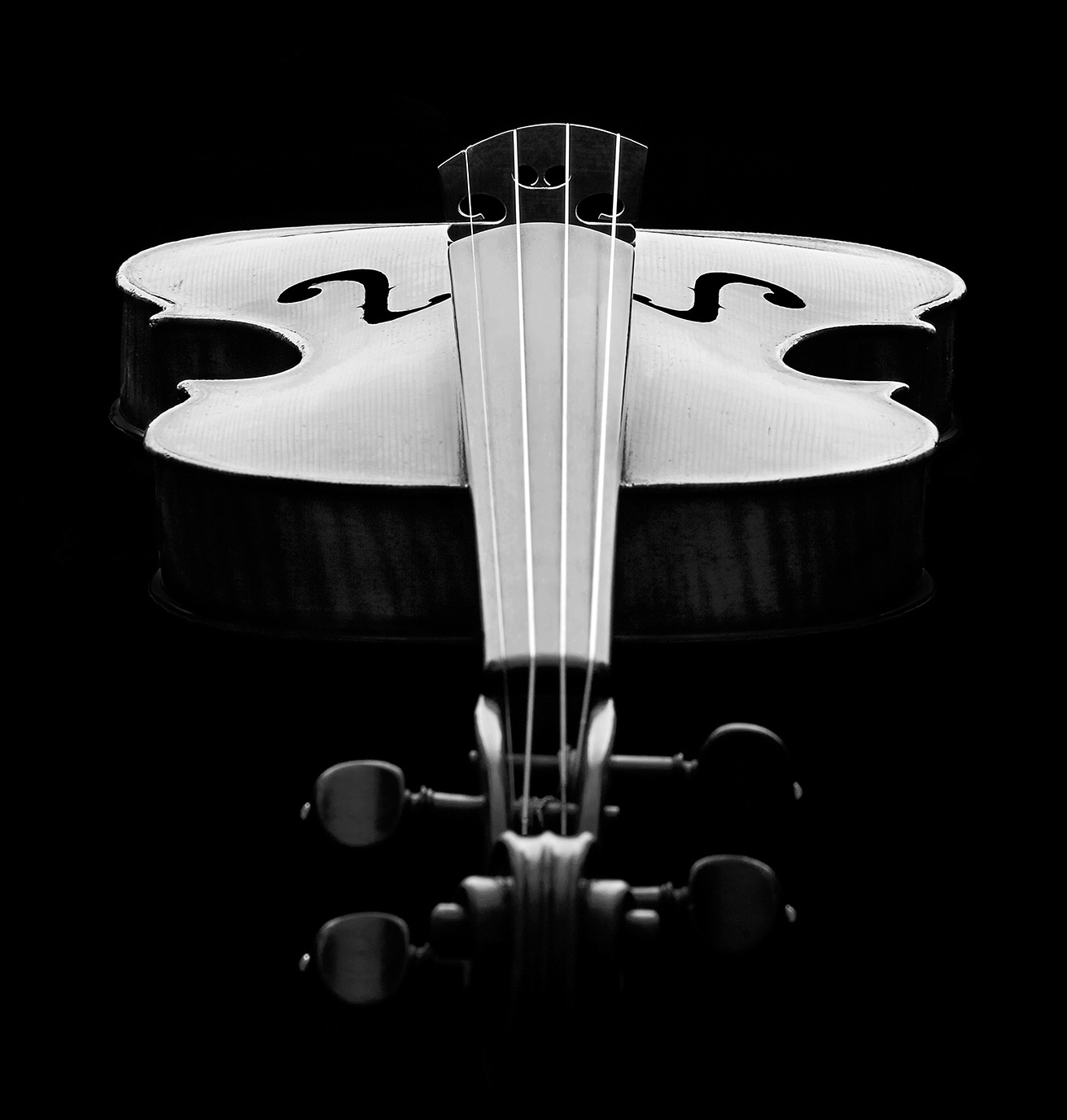Grand Pattern Nicolò Amati Violin of 1682
“…the finest of all the large grand patterns…certainly one of the world’s great violins”
– W. E. Hill & Sons
Sold by Private Sale
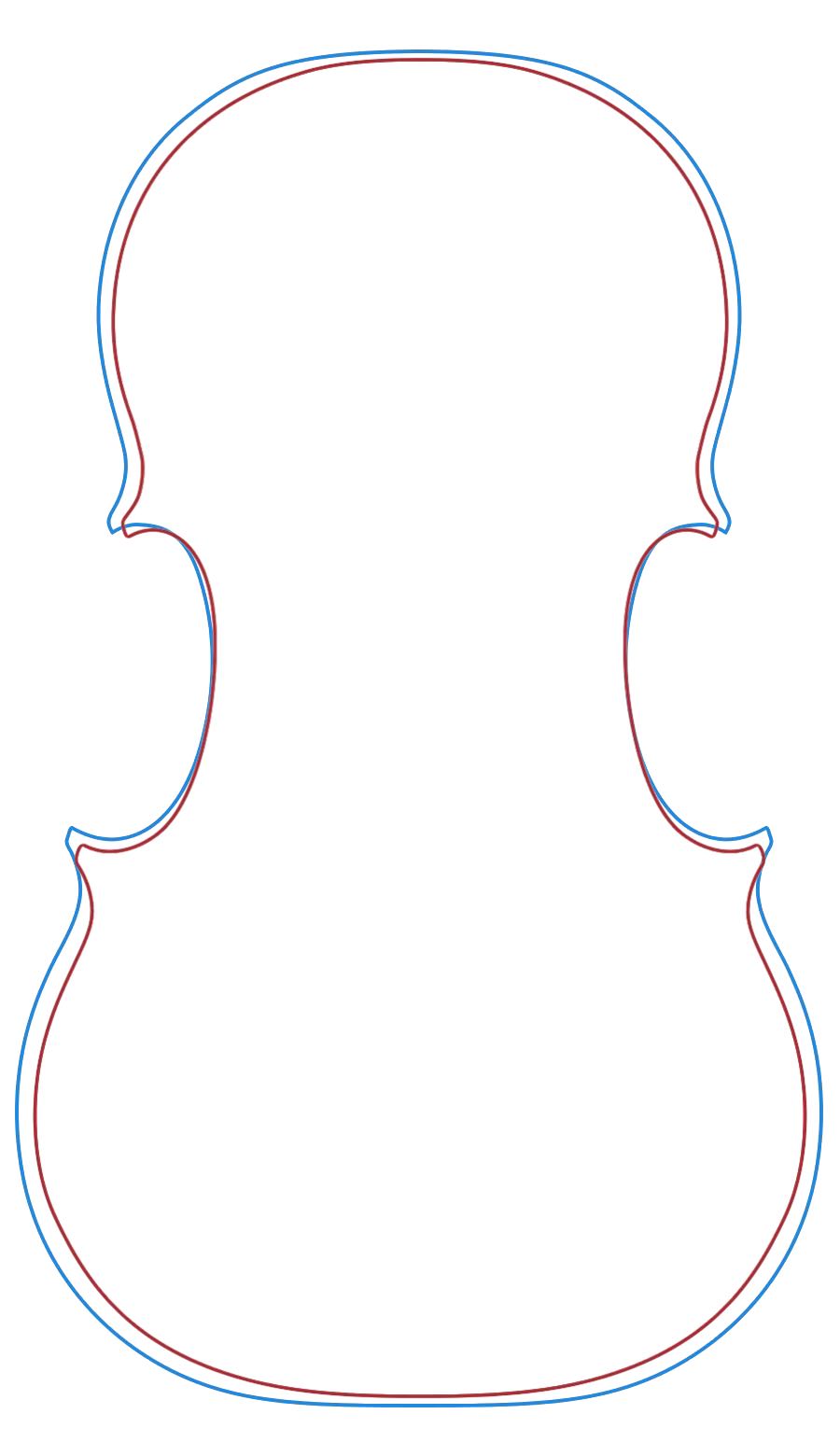
Blue: Grand Pattern 1682 Amati
Red: Normal Pattern 1683 Amati
Grand Pattern of Nicolò Amati
There are hundreds of violins made by Nicolò Amati (1596–1684) but only a few dozen of these are made on his so-called Grand Pattern. These instruments are slightly longer than the usual models but more importantly they are a full 6–7 mm greater in width.
The origins of the Grand Pattern are unknown, but they possibly arise from the differing sizes of violins in the earliest consort configurations started by Nicolò’s grandfather Andrea. The early Brescian tradition also had two sizes of violin, although they differed more in length than width. Most of the followers of Nicolò Amati, including G.B. Rogeri and Jacob Stainer, also made wider pattern violins in addition to the narrower, more typical model.
What remains a mystery is why these makers, Nicolò in particular, made so many fewer Grand Patterns than the narrower model. Were these instruments less in demand? Or have fewer of them survived? Nicolò does seem to have produced more Grand Pattern violins towards the end of his life. Two other noteworthy example includes the ‘Spagnoletti‘ and the ‘Voigt’.
The Grand Pattern violins of Nicolò Amati are universally acknowledged to be his greatest tonally and their dimensions became the basis for Stradivari’s most successful models starting around 1700.
– Jason Price
For further information, read Carlo Chiesa’s ‘The Life of Nicolò Amati’.
Nicolò Amati of 1682
The back of this 1682 violin is in one piece of maple cut squarely on the slab with a gentle figure visible in the flanks. The model is strikingly broad and this is accentuated visually by three factors: the f-holes are slender and somewhat close together, the centre bout is a full 11.2 cm in width (over the arch) and the narrow purfling is set close to the edge. The long and elegant corners are slightly hooked at both the upper and lower inner edges. The purfling mitres are crisp and delicate without any of the inconsistencies and shakiness that we see in the later violins of Nicolò’s son, Girolamo II.
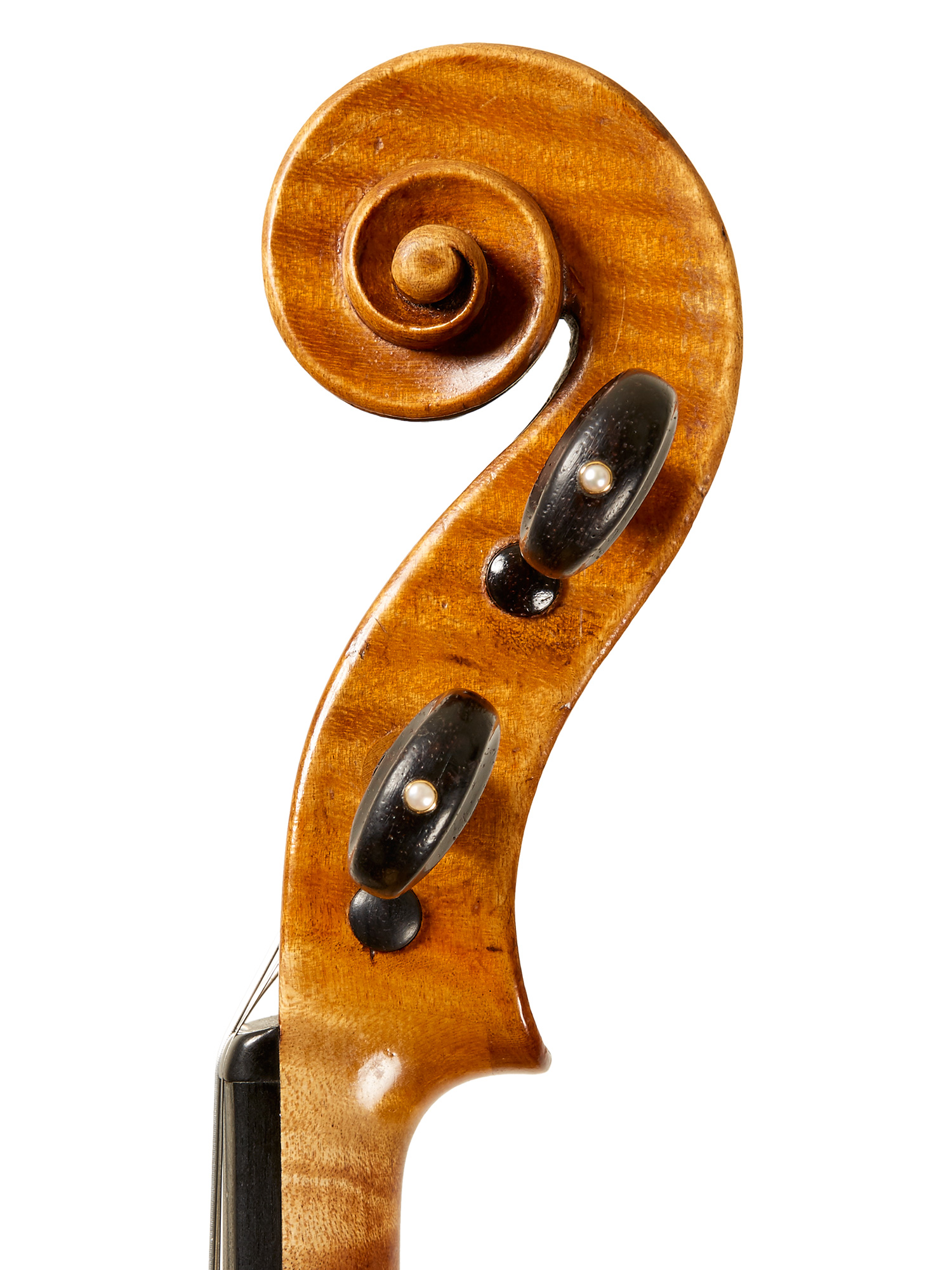
The head is more robust than usual for Nicolò and this is accented by the very broad chamfer and minimally hollowed volute.
The circular lobes of the f-holes are of a narrow diameter, and the upper and lower wings are short and taper to a narrow end. The f-hole notches are cut deeply and rounded into the stems in the style of his father, uncle and grandfather, something that would be abandoned by the generations of Cremonese makers that followed. The head is more robust than usual for Nicolò and this is accented by the very broad chamfer and minimally hollowed volute. There is almost no wear visible on the head, which contributes to the impression of strength and fullness of model.
Perhaps the most remarkable aspect of this violin is its near-perfect condition: there are no doublings or patches to either the top or back, the varnish is nearly intact and without polish, and the top and back plates retain all their original edges. It is very inspiring to see a 334-year-old violin so well preserved.
When the Hills sold this violin in 1908 W.E. Hill wrote, “[this is] the finest of all the large grand patterns … certainly one of the world’s great violins.”
– Jason Price
No Fields Found.

